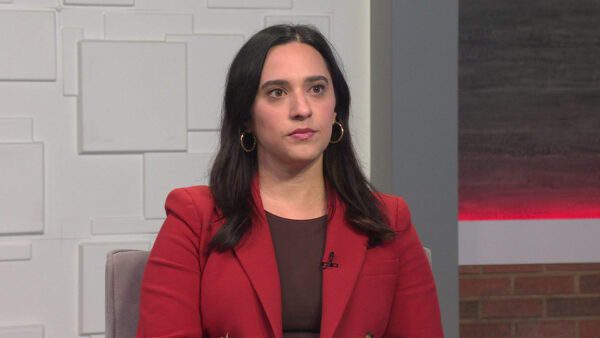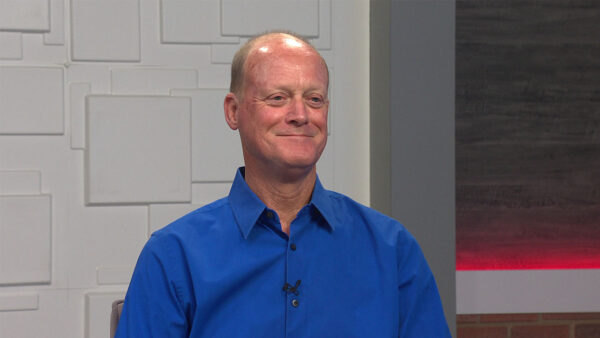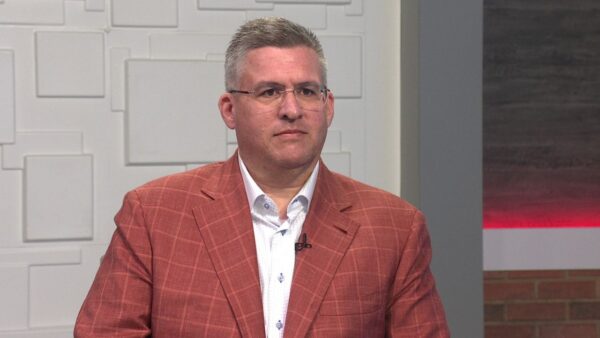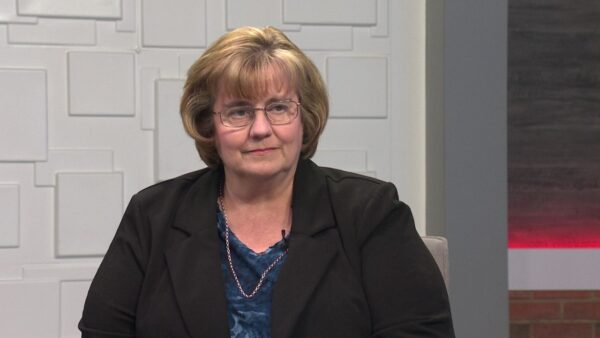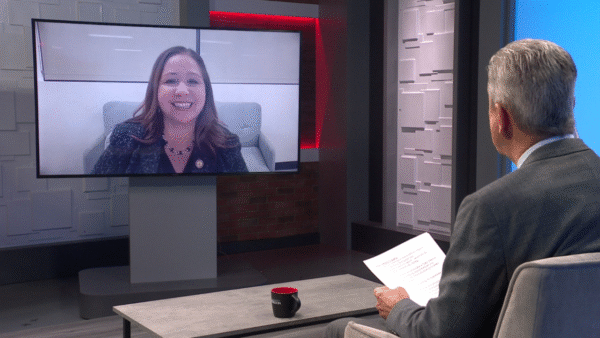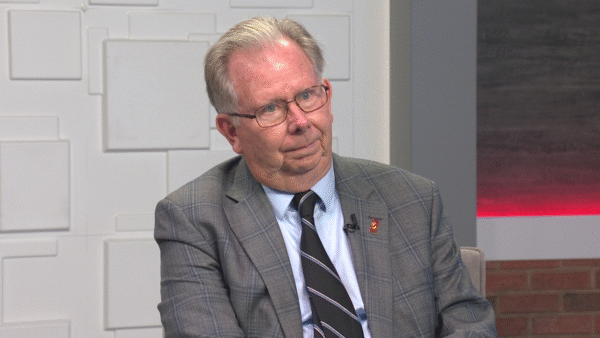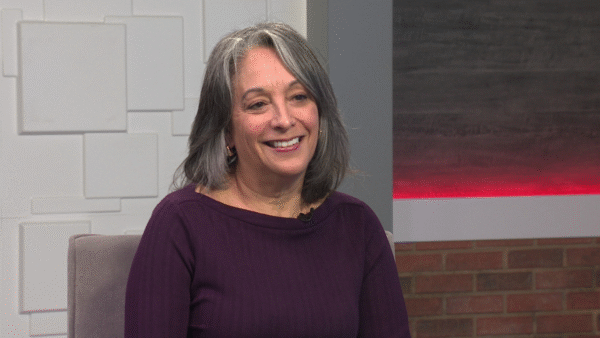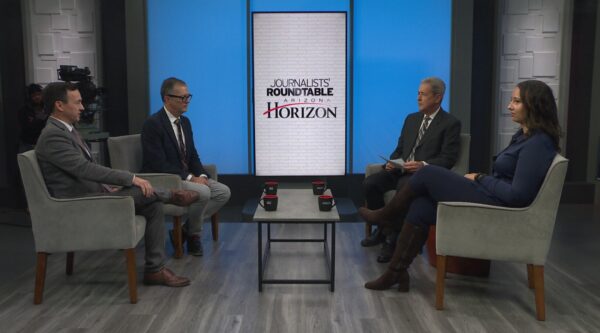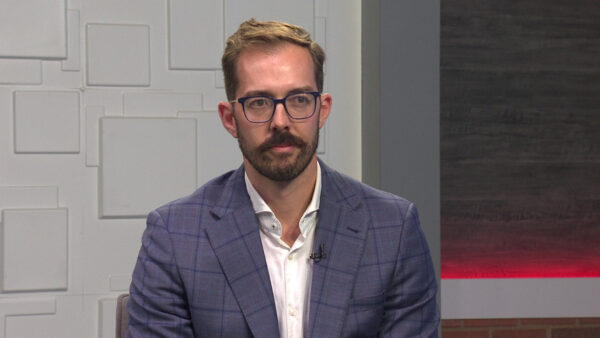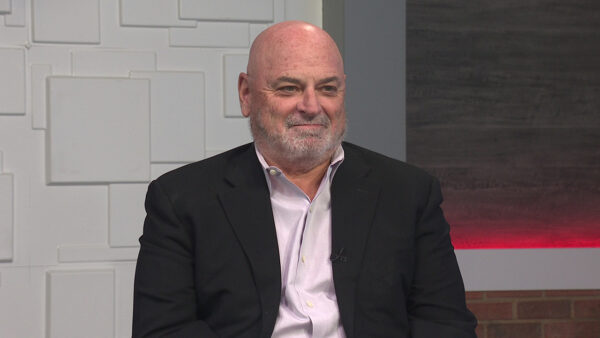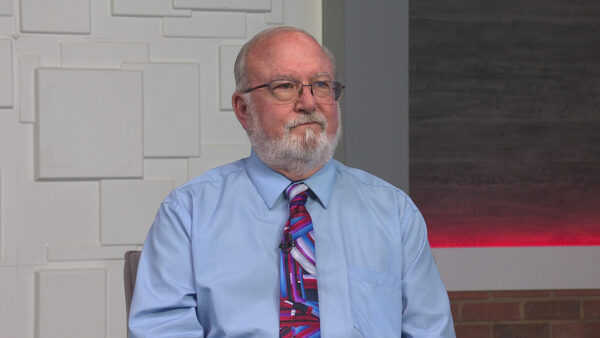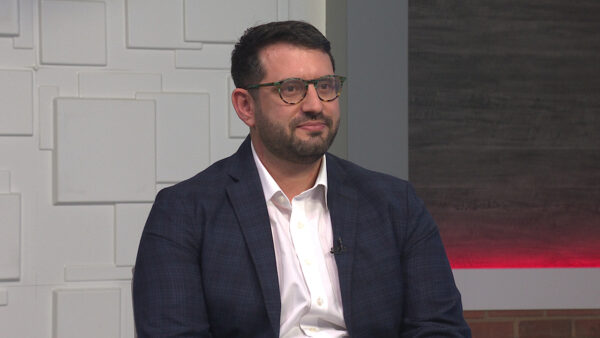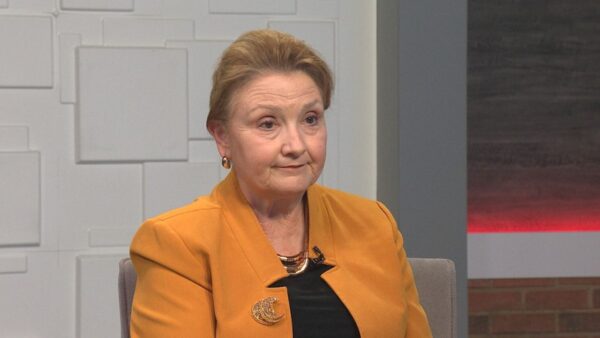For the first time in two years, foreclosures represent less than 30% of all existing home transactions in the Phoenix-area housing market. ASU Real Estate Professor Emeritus Jay Butler discusses the latest trends and statistics.
Ted Simons: For the first time in more than two years, Phoenix area foreclosures make up less than 30% of existing home transactions. Here to tell us what that says about the valley's real estate market is Jay Butler, a real estate professor emeritus with ASU's W.P. Carey School of Business. Good to see you again. Thanks for joining us.
Jay Butler: Good to be here.
Five straight months of decline. What's going on?
Jay Butler: There are a lot of reasons. The moratoriums are on, the banks say they are slowing things down to make sure everything is correct, they are pacing themselves a little more. The other reason is hopefully we're simply running out of things to foreclose on. We've foreclosed on 14% of the homes in Maricopa County and another 12% of the townhouse condos. You would hope we were beginning to run out of product to foreclose on. The big issue is you normally would think other sales activity would pick up. But it hasn't because of the economic issues, low consumer confidence, all the other things. The total sales are also declining.
Ted Simons: So basically when we got foreclosure rates bellow 3% as I mention earlier, since 2009, back in January or February we were at 43%?
Jay Butler: 43%. And back about a year and a half we were at 46%.
Ted Simons: Is this the natural order of things? Again, something that's happening that could bite us here coming up in a couple of months again?
Jay Butler: I think there's a theory out there for every one of those positions. We really don't know. We've never been here before, so we don't know how it's going to act. I think we're on the beginning to move out of this thing. My concern is continued weak economy. We're seeing some new finance rules and regs going into effect the first of October that could have some impacts on the housing market. And just general lack of confidence. There's a real push that the American dream is dead, which in my years is the fourth time the American dream has died. And pushing rentals out there. so there are lots of stories. And every story has lots of credibility.
Ted Simons: Who's buying right now?
Jay Butler: Investors. Basically it used to be a lot of Canadians and Asians buying it. You're back in the same group that bought homes in the hyper market. Individuals and investors, we were seeing the seminars repeat themselves again. One side advantage with a lot of these homes, we have old housing stock. A lot of these homes are being fixed up and it's improving some neighborhoods.
Ted Simons: The ramifications of investors buying more so than owner-occupieds, what does mean for the future?
Jay Butler: It better mean we're growing or filling those rentals. We saw an increase in vacancy in apartments. We're running heavy 8% of single-family homes are vacant in Maricopa County. Almost 10% of condos are vacant. We have a heavy vacancy level out there, also. We're not getting the population growth because we don't have the job growth.
Ted Simons: And people just aren't coming here like they used to. Are we seeing more short sales, fewer foreclosures but maybe more -- I think we had a lender on the program that said short sales seem to be on the increase. You see that as well?
Jay Butler: Well, I think they are tending to really, the MLS, the only source of numbers. It's not one that you can publicly pick up. But there's a sense that lenders are more prone to do them than they were a while ago.
Ted Simons: You've got to be patient, it'll a lot of paperwork.
Ted Simons: The idea of this kind of graph going down, as far as foreclosures, yet the economy seems stagnant. The job picture just kind of signature there on this plateau. Does it make sense that the economy is somewhat stagnant but the foreclosure rate is still coming down?
Jay Butler: I think it makes sense when you're running out after product to foreclose on. The second is, if banks are in fact cooling the process and stretching it out to make sure they are doing it right and following all the procedures, you would expect that. Now, we're at 29%, historically we're at 3%. We've got a long ways to go. If it's simply pacing itself, we could expect this to continue on for a longer period of time. You've got look at the motivation. It's not clear really what the motivation is. It's not clear as to what the motivation is.
Ted Simons: Do you see the motivation for the banks to continue being strict or a little more strict, I should say?
Jay Butler: I think it pays for them to do that right now because of the headaches they had starting back in October with the lawsuits and the bad press and other things. I think they want to be very careful about what they are doing at this particular point in time.
Ted Simons: What are we seeing as far as median prices? It looks like those continue to go down.
Jay Butler: Well, you're seeing some improvement in some areas. This recovery once we've started is not going to be even. We're seeing some strengthening in some of the East Valley communities. Some lower levels in the we feel valley communities, surprise, a couple of those are pulling in. Pinal County is still seeing some serious issues. They are still drifting a little bit.
Ted Simons: That's single-family homes. What about townhomes, condo market?
Jay Butler: That's falling down.
Ted Simons: With everything in mind we've talked about here, are we bumping bottom as far as prices are concerned.
Jay Butler: We probably are. As much as we're talking about a double dip recession or double or triple-dip prices. We're down around $125,000 right now. You could see if the economy went further down -- I think if we're running out of product to foreclose on, the market is simply going slow down. You're not going to sell because you're underwater. One of the benefits right now is remodeling is quite a strong part of this market right now. People are saying, we can't sell our home, we don't really want to, let's fix it up. We forget there is a group out there that is relatively happy with where they are good schools, reasonable mortgage and everything else.
Ted Simons: The old-fashioned idea of people buying homes and staying in homes because they like to live there.
Jay Butler: What a unique concept.
Ted Simons: Jay, good to see you.
Jay Butler: Nice to see you too.
Jay Butler:ASU Real Estate Professor Emeritus;








